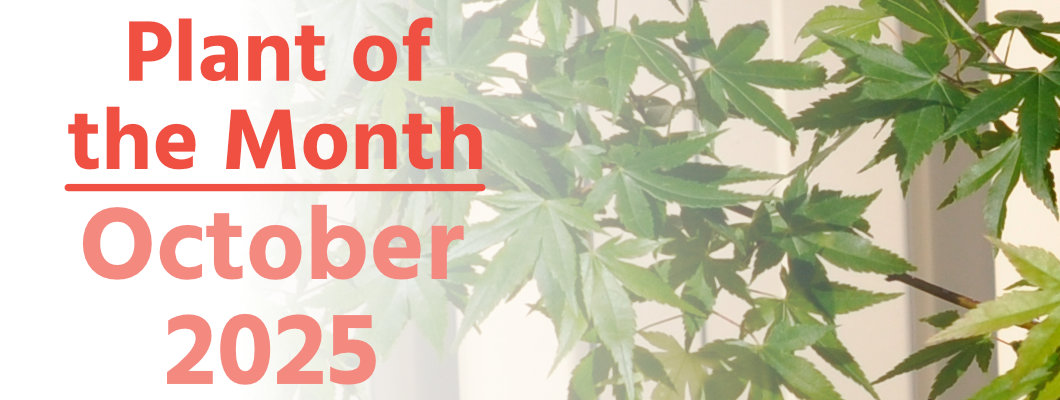
Title image above is copyright © Kristi Ellinopoullos
First published 1st October 2025
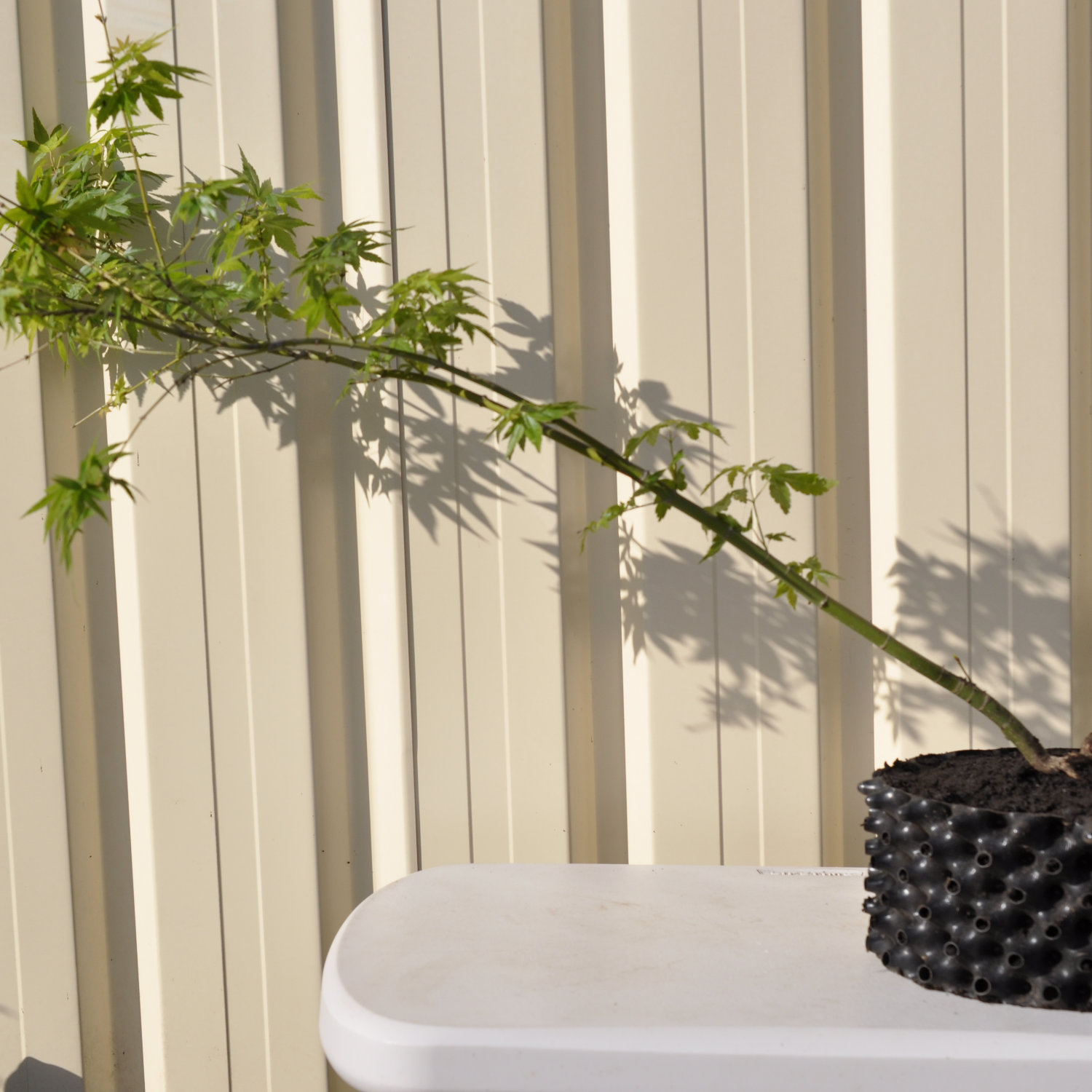
Bonsai Starter: Green-leaf Japanese Maple (Acer palmatum 'Aoyagi' x) in 4.1 L Air-Pot Container
Family: Sapindaceae (includes maples, lychee, and horse chestnut)
Genus: Acer (the maples)
Botanical/Binomial Name: Acer palmatum
Meaning of Name:
Acer, from Latin acer (‘maple tree’); and
palmatum, from Latin palmātum (neuter singular of palmātus, ‘hand-shaped’, ‘palm-leaf shaped’)
Common Names: Japanese Maple
Cultivar: Possibly a cross: ‘Aoyagi’ ×)
Botanical Characteristics: Woody | Perennial | Deciduous | Frost hardy
Propagation: Seed | Air layering | Grafting
Plant Description:
This young tree was grown from seed sown in 2021. The seeds were from an ‘Aoyagi’ cultivar and were given to me by a man with a Japanese maple collection to die for (thank you Chong!).
Japanese maples can self- and cross-pollinate, thus while the female contribution to this sapling is ‘Aoyagi’, the male contribution is unknown. (And to complicate things further, Japanese maples also exhibit extreme genetic variation anyway, even amongst trees from the same mother tree.)
‘Aoyagi’ is known for its chartreuse-green bark and leaves, and these traits can be seen in this descendant.
The tree including Air-Pot is about 900 mm long and about 600 mm high.
Growing Information:
Japanese maples grow well in a pot or the ground, and can handle from full sun to shade, though their native habitat is as understorey trees in shady woodland.
These trees grow well all over Australia, including more dry regions providing they have enough water. They are frost hardy temperate trees, and will survive winters colder than is typical of most places in Australia. I would not recommened these for tropical regions as they would not get strong enough signals to trigger winter dormancy.
Acer palmatum makes both a stunning bonsai as well as a striking landscape tree. The autumn colours of its leaves are wonderful to behold as it prepares to enter winter dormancy.

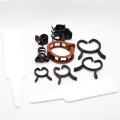
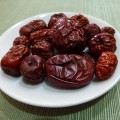
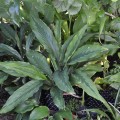
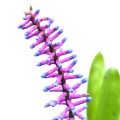
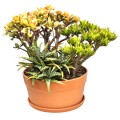
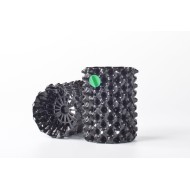
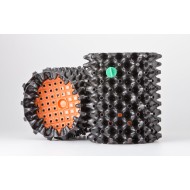
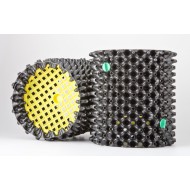
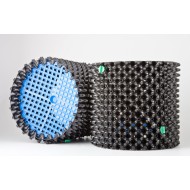
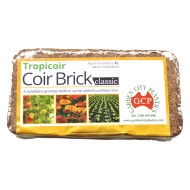
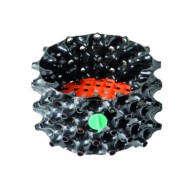
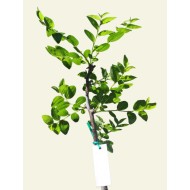
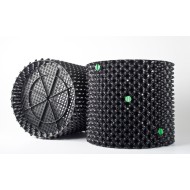
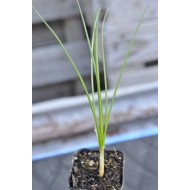
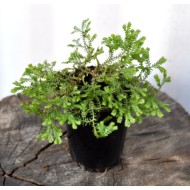
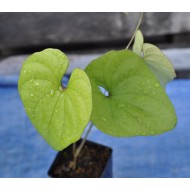
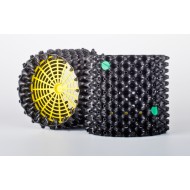
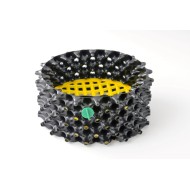
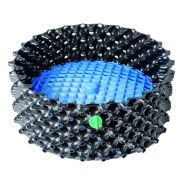
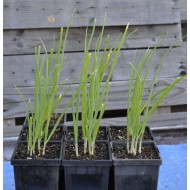
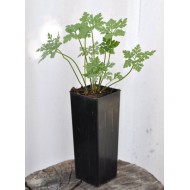
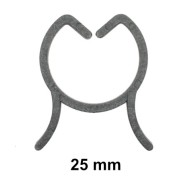
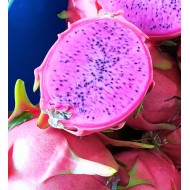

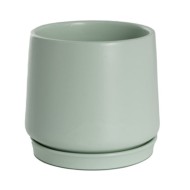
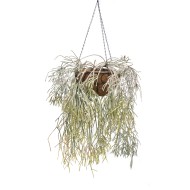
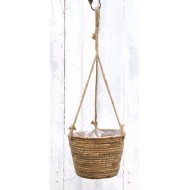
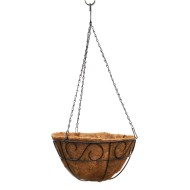
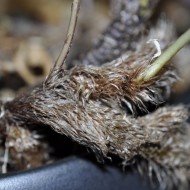
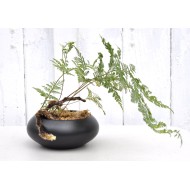
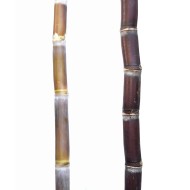
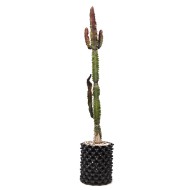
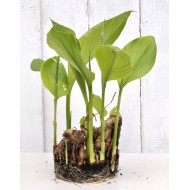
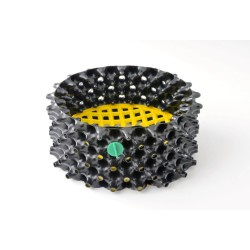
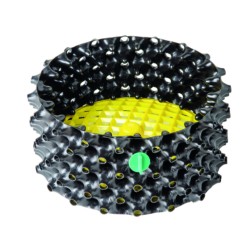
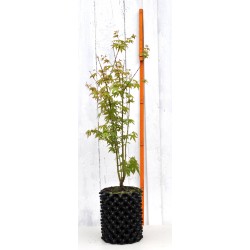
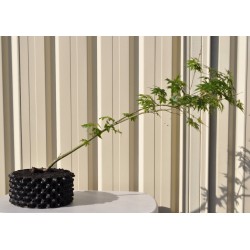
Leave a Comment